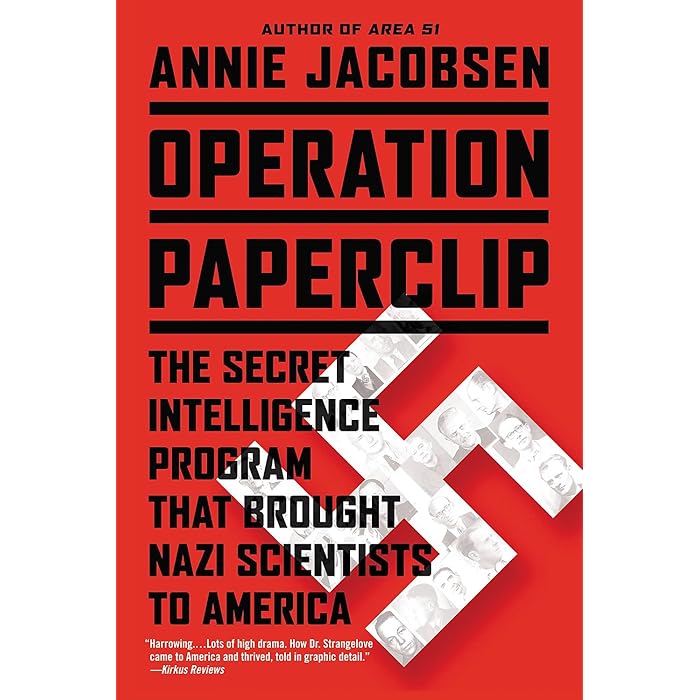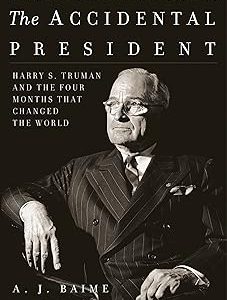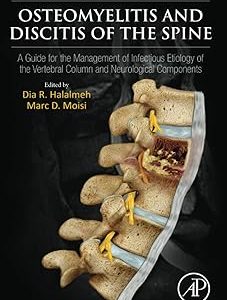Description
*Operation Paperclip* was a covert program run by the U.S. government, primarily after World War II, that sought to recruit German scientists, engineers, and technicians—many of whom had been members of the Nazi party—to work for the United States. This initiative was seen as a way to ensure that these experts didn’t fall into the hands of the Soviet Union, which was also eager to capture German scientific knowledge and expertise. While the program was officially started in 1945 by the U.S. Army, it would continue well into the early Cold War period.
### Origins and Context
At the end of World War II, the U.S. and the Soviet Union emerged as the two dominant superpowers, and the Cold War rivalry began to take shape. One of the key aspects of this competition was the race for technological and scientific superiority. The Nazis had made significant advancements in various fields, including rocketry, jet propulsion, medicine, and nuclear physics. The U.S. recognized the potential value of these developments and sought to bring Nazi scientists to America before the Soviets could capture them.
The U.S. government had already initiated efforts to secure German scientists through the “Geilenberg Plan” and “Project Overcast” (which later evolved into Operation Paperclip), but the scope and scale of the program expanded in 1945.
### Key Figures and Contributions
Some of the most prominent figures brought to the United States through Operation Paperclip were:
– **Wernher von Braun**: Perhaps the most famous of the Nazi scientists, von Braun was a key figure in the development of the German V-2 rocket during the war. After being brought to the U.S. via Paperclip, he became a central figure in the development of the American space program, eventually helping to lead NASA’s Saturn V rocket program, which put a man on the moon in 1969.
– **Kurt Debus**: Another rocket scientist, Debus became the first director of NASA’s Kennedy Space Center and played a crucial role in the success of the U.S. space program.
– **Arthur Rudolph**: A German engineer who worked on the V-2 rocket program, Rudolph was also brought to the U.S. and helped in the development of the Redstone missile, which was used in early American space flights.
– **Hubertus Strughold**: Known as the “father of space medicine,” Strughold was involved in developing life support systems for early space missions.
While the work of these scientists proved invaluable to U.S. military and space programs, their Nazi affiliations and previous involvement in wartime atrocities raised significant ethical and moral questions.
### Ethical and Moral Concerns
Operation Paperclip was controversial for several reasons:
1. **Nazi Past**: Many of the scientists brought to the U.S. had been members of the Nazi party and were implicated in supporting or benefiting from the regime’s policies, including its use of forced labor and its pursuit of horrific experiments on concentration camp prisoners.
2. **Lack of Accountability**: Many of the scientists and engineers involved in the program were not subjected to the same level of scrutiny or punishment that other Nazi war criminals faced. In some cases, they were even given immunity from prosecution in exchange for their work for the U.S. government.
3. **Human Rights Violations**: Some of the technologies and research methods these scientists had used under the Nazi regime were directly tied to atrocities. For example, Wernher von Braun’s V-2 rockets were developed using forced labor from concentration camps, and there were concerns about whether the U.S. was essentially “whitewashing” the crimes of these individuals in exchange for their expertise.
4. **Postwar Denazification Efforts**: The U.S. government’s decision to overlook the Nazi pasts of these individuals clashed with the broader postwar efforts to denazify Germany, which sought to remove former Nazis from positions of power and influence. It was a stark contrast to the moral stance taken by the Allies in their prosecution of high-ranking Nazi officials at the Nuremberg Trials.
### Impact on the Cold War
While the moral and ethical issues surrounding Operation Paperclip are a significant part of its legacy, the program also had a major impact on the Cold War. The technologies and expertise brought to the U.S. helped the country gain a substantial advantage in the early stages of the Cold War, particularly in terms of missile development, aerospace technology, and military applications.
– **Missile and Space Race**: The expertise of the former Nazi scientists gave the U.S. a significant lead in missile technology, which contributed to the development of long-range missiles and the eventual success of the U.S. space program. Wernher von Braun’s work on the V-2 rockets laid the foundation for the development of both military missiles and civilian space exploration.
– **Nuclear Program**: Some of the scientists who were brought over also contributed to the U.S. nuclear program. For example, German physicists involved in the Nazi atomic bomb project, although not directly part of Paperclip, were also eventually integrated into American nuclear research, accelerating the U.S.’s development of nuclear weapons.
– **Technological Superiority**: The rapid acquisition of German scientific knowledge helped the U.S. stay ahead of the Soviet Union, especially in the early years of the Cold War when the Soviet Union was developing its own missile and space capabilities.
### Public Revelations and Legacy
The full scope of Operation Paperclip remained classified for many years. It wasn’t until the 1970s and 1980s, when some of the documents were declassified, that the public became more aware of the program and its implications. Over time, historians, journalists, and researchers have debated the ethical trade-offs involved in Operation Paperclip.
The program has become a symbol of the Cold War-era pragmatism that sometimes sacrificed ethical concerns for national security goals. While the technological achievements that resulted from Operation Paperclip are undeniable, the program remains a reminder of the complex and sometimes morally ambiguous choices made during the early years of the Cold War.

















































































































Reviews
There are no reviews yet.